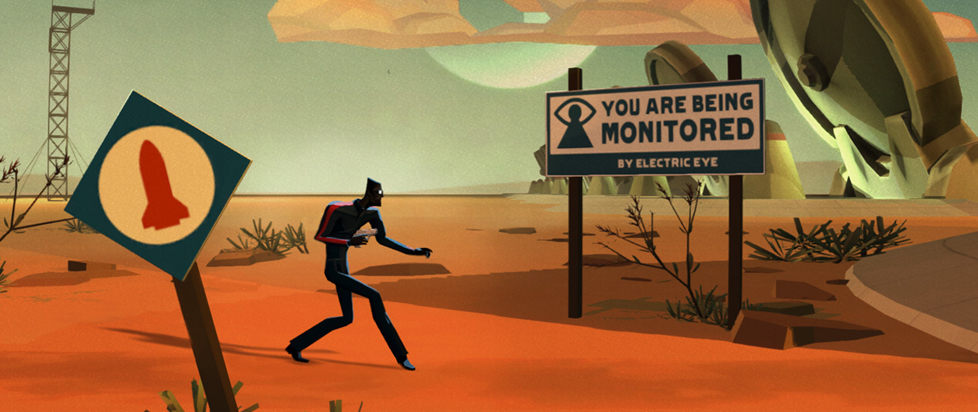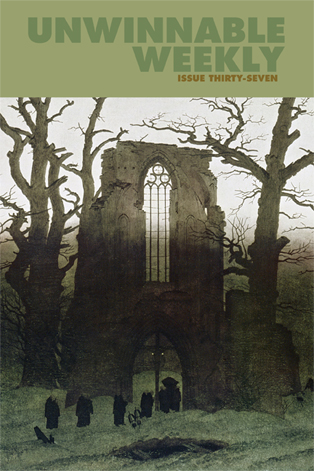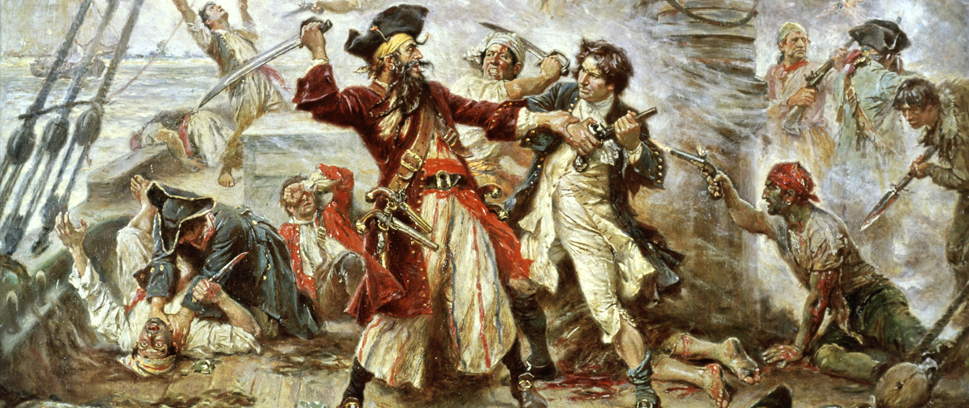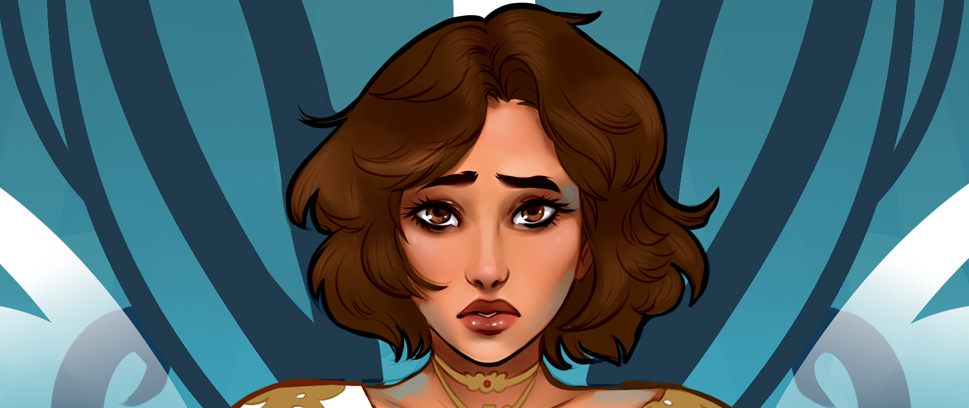
Unwinnable Weekly Issue Thirty-Seven
This is a reprint of the letter from the editor in Unwinnable Weekly Issue Thirty-Seven – check out the excerpts at the end of the post. You can buy Issue Thirty-Seven individually now, or purchase a one-month subscription to make sure you never miss an issue!
———
 Hi there,
Hi there,
Gosh, I love CounterSpy.
I first played the game last year at the Unwinnable GDC Salon. I am a sucker for stealth mechanics and Mid-Century modern design sense – CounterSpy was the perfect marriage of both. As host, I rarely get to play the games at the salon, but I made sure I played CounterSpy, even if I was pretty sure the fellows from Dynamighty were itching to head home.
I saw the game again at E3. I had a pretty miserable time on the show floor except for my time at the IndieCade Showcase. For all the Sturm of the expo, there wasn’t a lot worth actually seeing, so I would wander back there whenever the Drang got to be too much. I would play through the demo level of CounterSpy (so long as no one else wanted to play), feel refreshed and then head back into the breach. It was one of the best things I played at E3.
Then, somehow, I completely forgot about it. I missed the release in August. The only reason I remember it now is because it is one of the free games on PS Plus this month, something I would have likely missed if not for my keen desire to play Hotline Miami 2.
I would feel like a jerk if I wasn’t playing the damn thing so much now. It has taken over my idle time. I am about to get on a train and that is great because that means at least 25 minutes of uninterrupted CounterSpy. It won’t be enough.
Basically, what I am saying is: Play CounterSpy.
* * *
We start things off this week with David Wolinsky. As you may know, he just started a new site called don’t die. We here at Unwinnable consider it a bit of a cousin or sibling or whatever two internet things that are pretty close are called. David will be popping by irregularly to muse on his findings at don’t die and…well, just read what he has to say.
Meanwhile, I was talking to James Fudge the other day about how when I was in college, I would be the writer when hanging out with the photo students and the photographer when hanging around with the writing students. This week, I opted to once again be the photogapher among the writers and have put together a small gallery of weird toy portraits for your perusal. I got a fiver for anyone who can identify that Combine civil protection looking dude.
Rounding us out is our excellent cover story by Oscar Strik examining the games Cardboard Computer made before Kentucky Route Zero. Finally, Gus Mastrapa delivers the seventeenth installment of Dungeon Crawler.
Matt Marrone had to take off this week, but he will be here, briefly, next week, before returning to his usual every-other-week schedule the following week.
* * *
Have a lovely weekend. Let me know how it goes at stuhorvath@unwinnable.com.
Stu Horvath,
Kearny, New Jersey
March 18, 2015
Story Excerpts
We are all losing. This month I launched a new counterculture videogame industry site called don’t die. It’s a confessional forum for me to have conversations with people who make games and people who used to play them. We talk exclusively about the depressing tensions and stifling dearth of creativity in the space and how it’s taking a toll. Occasionally we speak of hope.
“Something Has to Change in Videogames: Everything & Everyone,” by David Wolinsky

“Toy Box,” by Stu Horvath
In one of the conversations [in Ruins], Aggie’s owner wonders whether preludes cannot actually be ruins as well: is the piece half built-up, or half-decayed? This ambiguity about the state of things is drawn through to different levels, and perhaps the game’s title gives away part of the answer. Are memories ruins of events? Are dreams? Aggie’s dreamscape consists of shades of what used to matter in her life, and that of her owners. I feel that she is afraid it will never return, that only ruins will be left.
“Preludes to Kentucky Route Zero,” by Oscar Strik
The people who built this sewer had a dim view of humanity. Daisy could relate. There was something funny and strangely hopeful about these ugly stone carvings, too. If one could laugh at such folly one could laugh at anything.
“Dungeon Crawler, Part Seventeen,” by Gus Mastrapa





